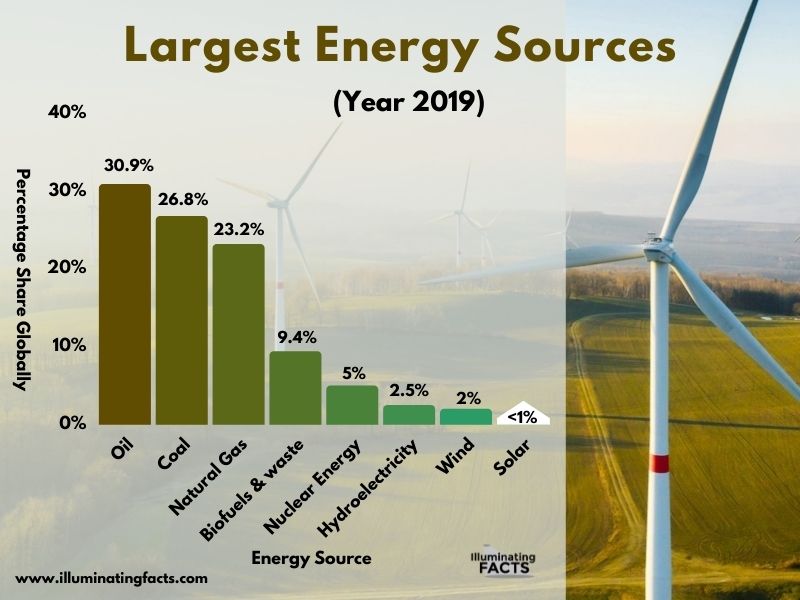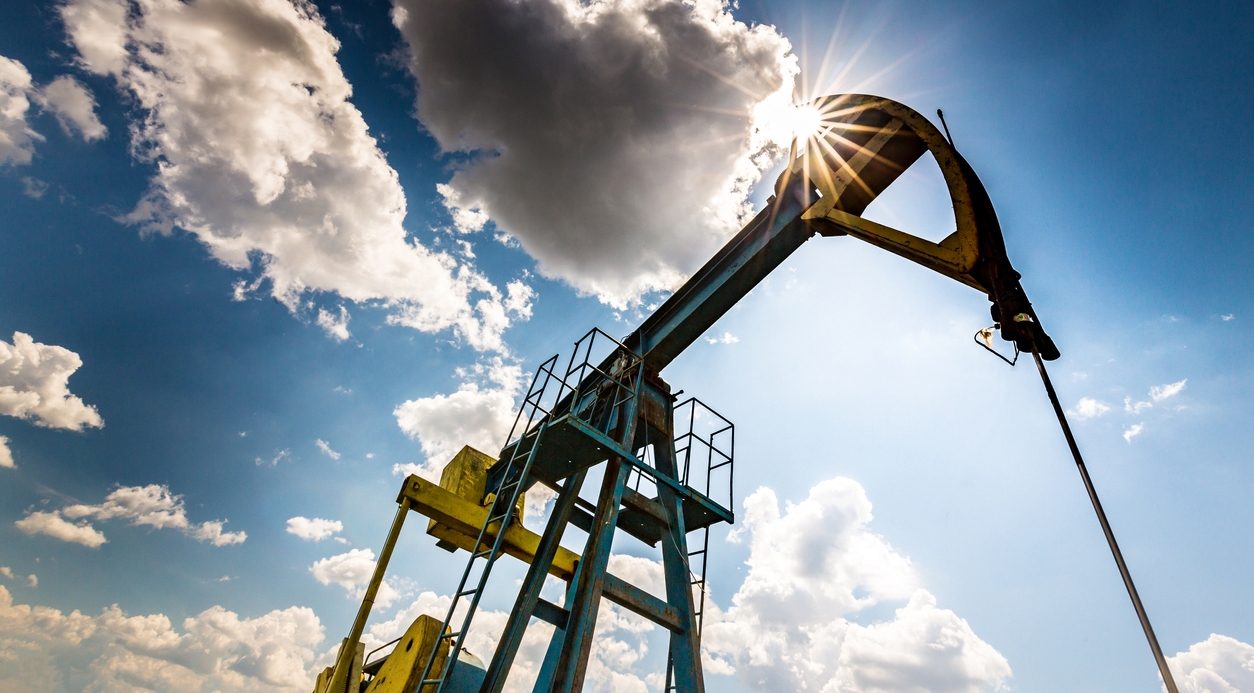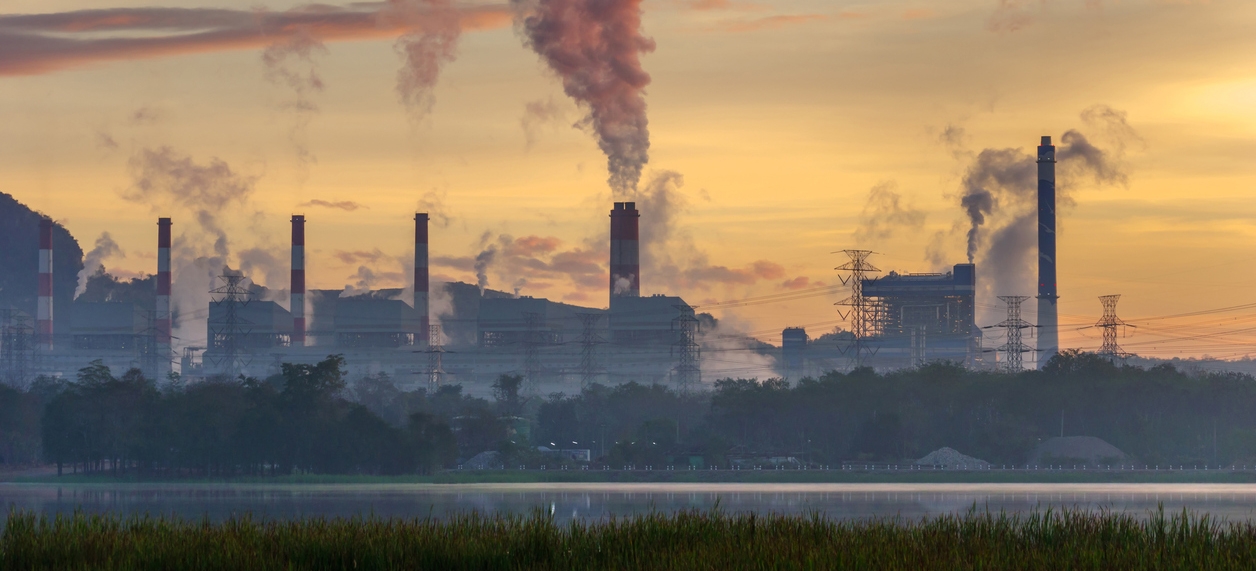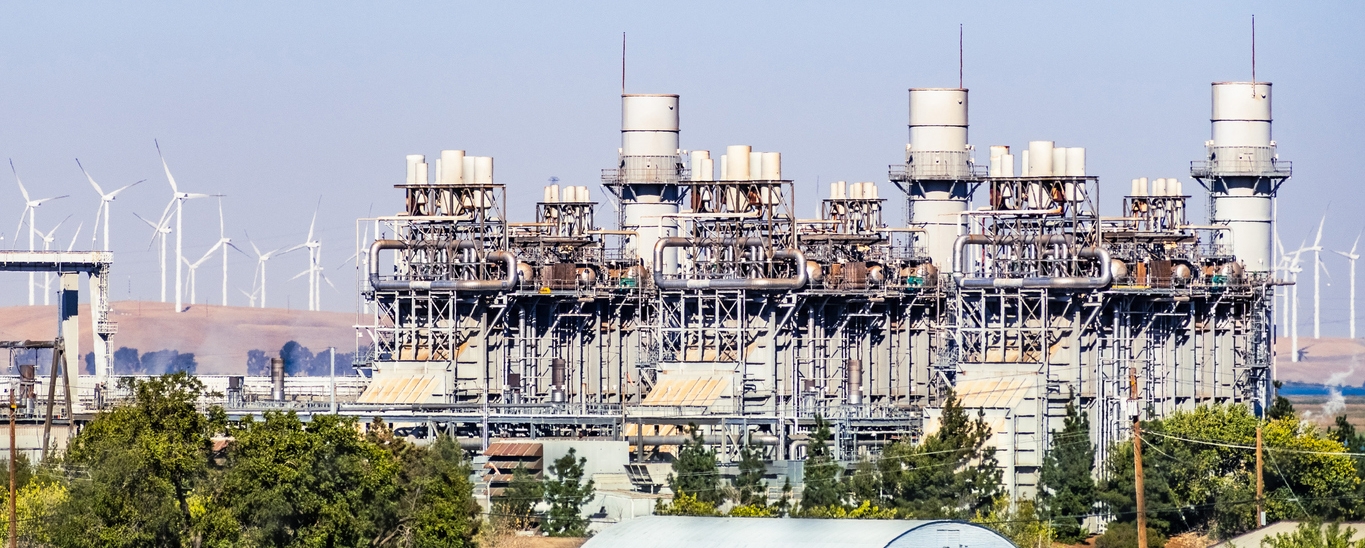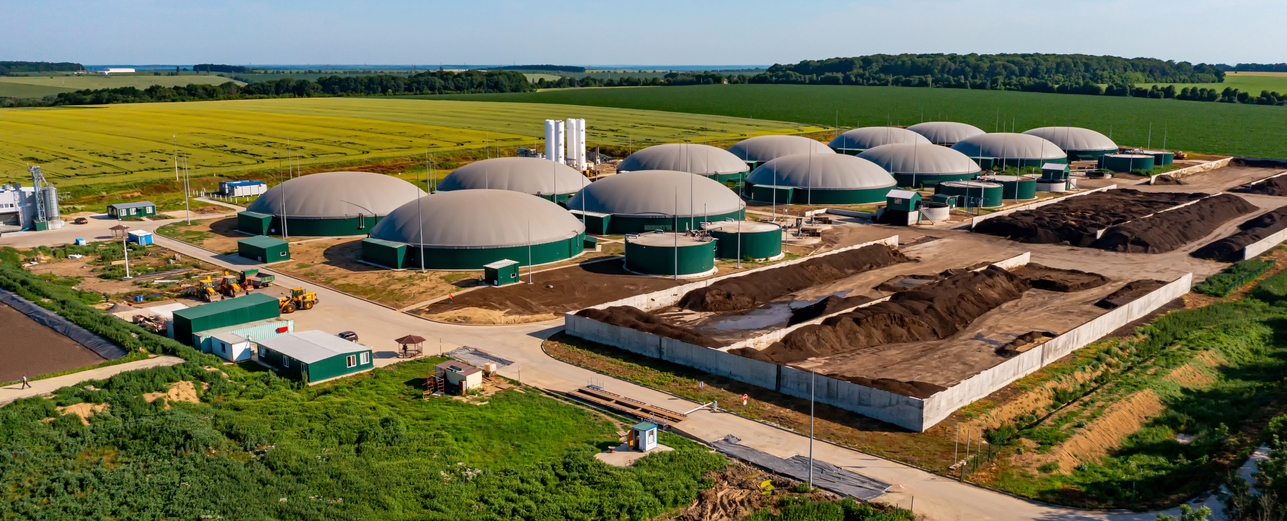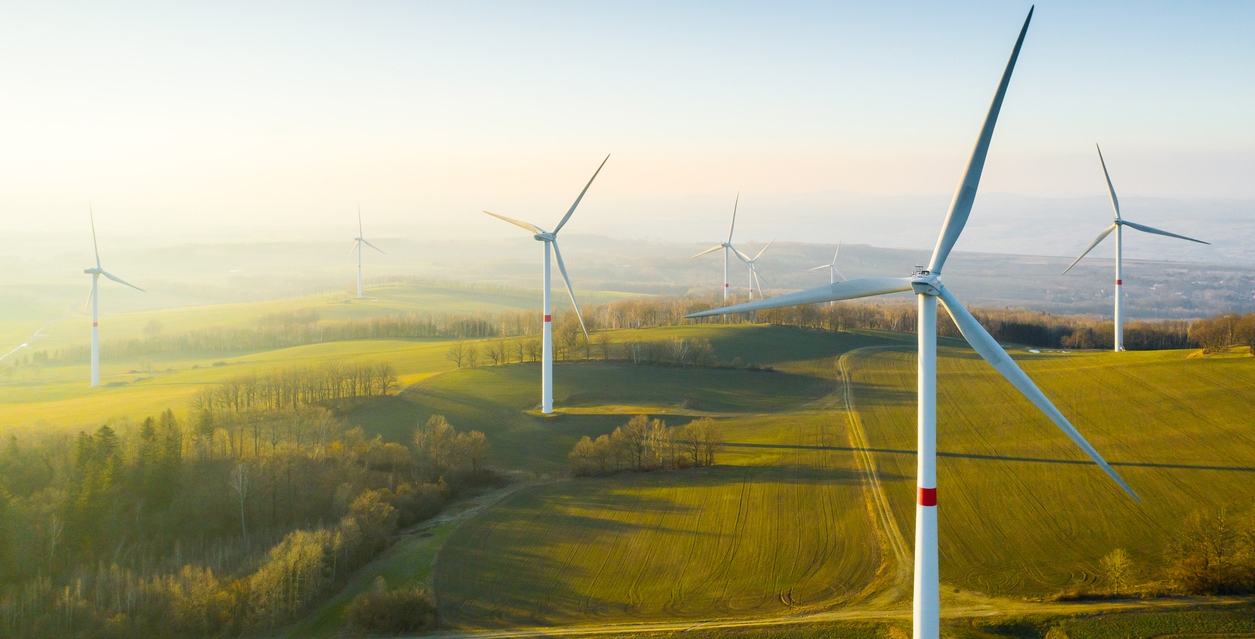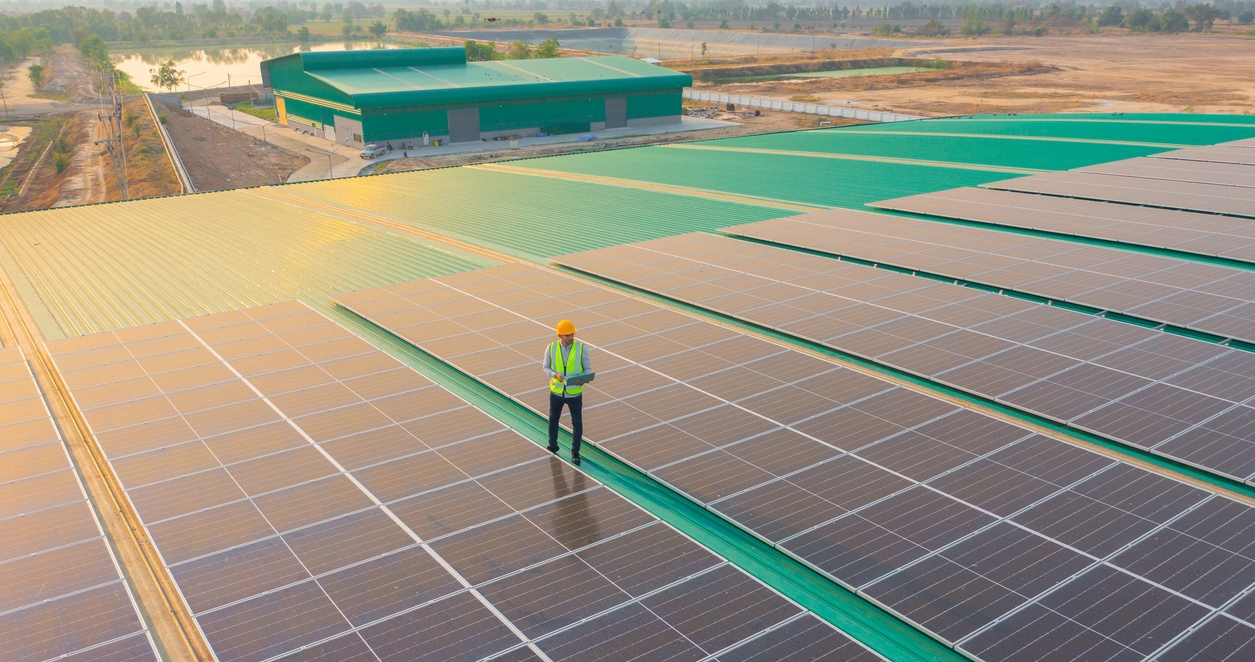Energy Sources are needed to power all industries in the world, whether it is the manufacturing industry, transportation, mining, agriculture, construction, or others. Whether it is for domestic or commercial use, energy resources are crucial for a county’s economy.
Countries like UAE, Saudi Arabia, the US, and Russia continue to be among the largest oil and gas producers. Exporting oil has a massive positive impact on the economies of these countries. As these resources are running out, many countries have taken to expand their use of alternative, renewable energy resources.
Non-renewable energy sources like coal, oil, or gas are also responsible for widespread pollution of air, land, and water reserves. This has proven to be detrimental to the health of many people as well as to animal habitats and the environment.
However, they have caused cleaner energy sources to rise in popularity. Nuclear, solar, and wind energy plants are being established on a wider scale. Despite this, non-renewable sources of energy continue to be the most common ones.
The table shows the largest energy sources in the world and their percentage share as of 2019.
1. Oil
Crude oil is a non-renewable energy source formed by prehistoric fossils of plants, animals, etc. When these dead plants and animals stayed under heat and pressure for millions of years in conditions they couldn’t decompose in, they turned into oil. Thus, it is considered a fossil fuel.
Oil is excavated through the use of machinery called oil rigs, and it is then used to create electricity. Oil is burned to create heat which gives rise to steam. The steam then moves the turbines, which ends up creating electricity. Oil is also used in furnaces to heat buildings and homes as well as to propel vehicles.
The United States is the largest consumer as well as the producer of oil. In 2020, they produced 18.61 million barrels of oil per day, contributing to 20% of the global total.
Oil is the most exported product in the world, accounting for 5.44% of global trade. When it comes to exports, the UAE is the largest exporter of oil and exported the US $176 billion worth of oil in 2019.
That being said, oil is also the biggest polluter in the world and is responsible for most of the carbon emissions, including methane, volatile organic compounds (VOCs), and other polluters. [1]
2. Coal
Like other fossil fuels, coal is produced as dead matter decays under high heat and pressure for millions of years.
Coal is excavated by digging into coal mines through the use of heavy machinery, which is also an expensive process. Coal mining also causes pollution of water bodies, land, and air and negatively affects the health of the populations in its proximity.
Coal is used primarily for power generation. It is burned, and as it heats, it produces steam. The steam then moves the turbine, which produces electricity. Other than electricity production, it is also used for metal, cement, and chemical production, among other things.
China, India, and the US are among the world’s greatest coal producers as well as exporters. In recent years, the use of coal energy has increased, unlike other non-renewable resources such as oil, which has decreased. Australia, Indonesia, and Russia are also the top producers of coal. The US has the largest coal reserves globally, amounting to about 250,219 million tons. [2]
3. Natural Gas
Natural gas is considered a fossil fuel. It is produced when decaying matter is put under intense heat and pressure for millions of years.
Natural gas is extracted by drilling into the Earth, mostly vertically, and commonly transported through pipelines. Gas pipelines are used to distribute or transmit gas to other areas and can run large distances.
It is mostly used for electricity generation, commercial and domestic uses, including heating and cooking, as well as for transportation and industry. The US is the largest consumer of natural gas, and it consumed about 30.5 trillion cubic feet in 2020. It is followed by Russia. Russia also has the biggest gas reserves globally of 1,688,228,000 MMcf, which makes 24.3% of the global share. It is followed by Iran, Qatar, the US, and Saudi Arabia. [3]
4. Biofuels and Waste
Biofuels are non-petroleum fuels derived from living sources, including plants and other organisms. Because algae and plants can be grown, it is considered renewable energy source. With fossil fuels running out globally, biofuels have been rising in popularity as they are not liable to run out.
They work similarly to fossil fuels when it comes to generating power; they are burned to run turbines. Their advantage over other sources of fuel is that they tend to release fewer toxins in the air when burned. Thus, they are a cleaner alternative to coal, oil, or natural gas.
Biofuels are the largest renewable energy resource in the world as of 2019, with a global percentage share of 9.4%. The US is the top biofuel producer in the world. In 2020, it produced about 1,347.3 petajoules of biofuels, amounting to 38% of global biofuel production. It is followed by Brazil, Indonesia, Germany, and China. [4]
5. Nuclear Energy
Nuclear energy is released from the nucleus of an atom during nuclear fission. In order to release that energy, atoms are split into 2 or more small nuclei in a process called Nuclear Fission. Nuclear Fission is carried out in a nuclear reactor.
Nuclear energy does not cause pollution and thus is considered a renewable, clean form of energy. However, despite not emitting carbon, it still contributes to nuclear waste. It produces radioactive waste that can remain radioactive for a long time and cause issues to human health. It can cause cancerous growths or genetic mutations in animals and humans.
The US is the largest producer of nuclear power in the world. It produced about 789,919 GWh of nuclear energy in 2020, amounting to 30.9% of the share globally. It is followed by China, France, Russia, and South Korea. In France, 70% of all electricity produced is through nuclear power. [5]
6. Hydroelectricity
Hydroelectricity uses the motion of water to produce electricity. Hydroelectric reservoirs store water in dams. As the gate of the reservoirs is opened, water flows downwards as potential energy is converted into kinetic energy. The water thus moves the blades of a turbine, which produces electricity.
Hydroelectricity is a very clean source of energy. Unlike other clean sources such as nuclear power, which leads to nuclear waste, and biofuels that have limited, but present nevertheless, carbon emissions, hydropower is extremely clean. It also has other advantages. Unlike solar and wind, it is not liable to weather conditions when it comes to producing electricity.
Hydroelectricity amounts to 70% of all renewable energy produced globally. China is the largest producer of hydropower in the world. In 2020, it produced about 356.4 gigawatts of hydropower.
China is followed by Brazil, the US, Canada, and India. The Three Gorges Dam in China on the Yangtze River is the largest in the world according to electricity production. It has enough generators to produce 22,500 megawatts of power.
Hydroelectric power is rising in popularity rapidly because of it being a clean source of energy as well as due to the fact that non-renewable resources are getting more and more expensive to use. It is expected to be the leading renewable source of energy by 2024. [6]
7. Wind
Wind energy uses the power of the wind to rotate the wings of a turbine. The turbine is connected to a drive shaft. The shaft turns an electric generator, which ends up producing electricity.
The wind is a renewable source of energy. It is also a clean energy source that contributes to its rising use globally. It does not release emissions or pollute land and water sources. However, it does have some drawbacks. It has proven hazardous to bats and birds. Large amounts of metals are also used in making wind turbines, and thus it indirectly contributes to the metal industry releasing carbon emissions.
China is the leading producer of wind energy in the world and produced about 236,402 MW of wind energy in 2019. It is followed by the US, which produced 105,466 MW of wind energy. [7]
Wind farms need a lot of space to be set up. The Gansu Wind Farm in China is the largest wind farm in the world. It has a capacity of 221 GW of energy production. The second-largest wind farm is located in California, US, called Alta Wind Energy Centre. It has a capacity of 1,548MW. [8]
8. Solar
Solar energy works by converting the energy of the sun to electric energy. The conversion takes place through solar cells, also called photovoltaic cells. These cells produce electrical current when light strikes a junction between a conductor and a semiconductor.
Solar energy is not very efficient, with its efficiency being only 15-20%. Compared to other sources of energy, its energy production is limited. Thus, it is mostly used domestically for electricity production, heating, etc.
China is the leading producer of solar energy in the world. As of 2019, its solar energy capacity is 204,700 megawatts (MW). Solar energy accounts for about 3.9% of China’s total energy consumption. It is followed by the United States, Japan. Germany, and India. [9]
The Bhadla Solar Park in India is the biggest solar park in the world. It stretches to about 14,000 acres and has a capacity of 2.25GW.
Conclusion
The world is slowly running out of fossil fuels which have prompted many countries to develop renewable sources of energy. With the rise in oil and natural gas prices, many companies and global economies are looking for better and more efficient sources of energy.
Renewable sources also tend to be cleaner and safer for the environment. Despite this, fossil fuels continue to be the most common energy source. They are also contributing heavily to global pollution and, in effect, to global warming. Opting for renewable energy sources is now more crucial than ever.
References
- https://www.investopedia.com/articles/company-insights/082316/worlds-top-10-oil-exporters.asp.
- https://www.nsenergybusiness.com/features/five-coal-exporting-countries/
- https://www.worldometers.info/gas/gas-reserves-by-country/
- https://www.statista.com/statistics/274168/biofuel-production-in-leading-countries-in-oil-equivalent/
- https://www.visualcapitalist.com/ranked-nuclear-power-production-by-country/
- https://www.nationalgeographic.org/encyclopedia/hydroelectric-energy.
- https://worldpopulationreview.com/country-rankings/wind-power-by-country
- https://www.evwind.es/2021/05/24/top-10-countries-in-wind-energy-capacity/80896
- https://worldpopulationreview.com/country-rankings/solar-power-by-country


